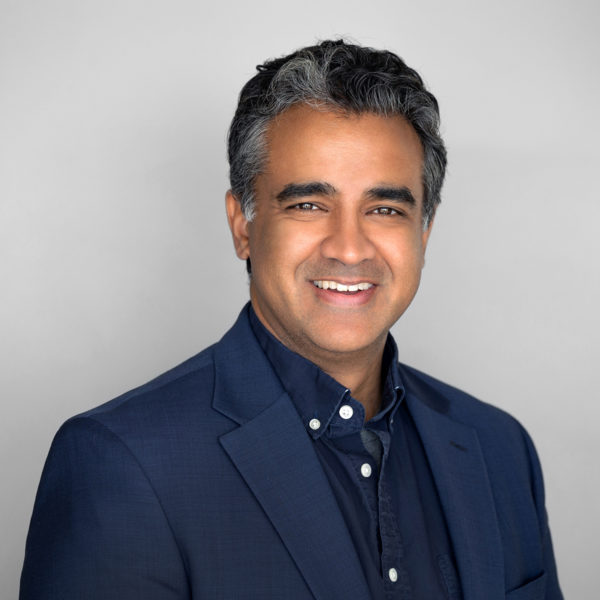Let me explain.
When it comes to planning for the future, my wife and I are like a lot of folks. We have (and try to stick to) a budget and a basic plan for a couple of specific savings goals, like sending our kids to college. Beyond that, our time is spent on the day-to-day—spending time with family, doing good work with great colleagues, and being a part of our community.
Not long ago, recognizing that we needed to be more proactive in meeting our family’s long-term goals, we scheduled time with a financial planner. To be honest, it was the first time in recent memory when we both sat down and asked ourselves, is the way we’re spending and investing our resources putting us on a path to achieve our long-term goals? It was a humbling experience and fundamentally expanded our approach to setting and meeting our long-term goals.
When it comes to planning for the future of upstream work, the analogy holds. Through community partnerships and collaboratives, healthcare organizations are launching programs to address social needs and social determinants of health. We have budgets and plans to reach specific goals, like increasing screening or reducing ED visits. Beyond that, our time is spent on the day-to-day—building and managing upstream programs, doing good work, and building partnerships. When we contemplate “ROI” and “business case,” we’re often doing it one program at a time.
But is the way we’re spending and investing our resources putting us on a path to achieve long-term goals for community health? At the moment, the short answer is no. And one reason is this: As we’re busy designing and managing new upstream initiatives, we’re treating them as individual programs, not as investments within a broader portfolio.
Take nonprofit hospitals as an example. Over half of U.S. hospitals are nonprofits. To maintain their tax-exempt status in the post-Affordable Care Act era, they are required to report their “community benefits” to the IRS every year. So many hospital leaders and managers spend a big portion of their time managing and reporting on community benefit programs, including ones that target housing, food, and other social determinants.
Now, with interest in value-based payment and social determinants surging, a growing number of community benefit leaders are stepping into new roles as catalysts for community health and local development. They’re deploying grants and capital to address common goals like improving local housing, food, and transportation. They’re bringing in new technology. They’re looking at ways to achieve social and economic returns for communities. They’re moving beyond just managing a list of tax-reportable programs to managing a portfolio of investments related to social determinants of health. Simply put, more and more community benefits leaders are becoming community health investment managers.
Hospitals are just one example. As this movement matures, institutions, multi-sector collaboratives, and entire communities face similar challenges. How do we take a bundle of interventions purporting to address a variety of social determinants and shape them into a cohesive investment strategy that can achieve long-term health, social, and financial impact? How do we balance these investments based on variables like time (short vs. long term), level of impact (e.g. individual vs. community), and type of return (financial vs. social)?
Moving from a “program” to an “investment” perspective is not just semantics. It’s about equipping ourselves with the skills and tools to become better stewards of resources. Just as financial planners provide support and tools to help families set long-term goals for college and retirement, HealthBegins and its partners are committed to supporting healthcare and community leaders with “upstream investment planning” tools and services. Our goal is simple: Ensure that today’s HRSN and SDH programs drive long-term sustainable health improvements for our patients and communities.
We have reason for optimism. Leaders across the country are finding new ways of providing and paying for interventions that address social needs and social determinants of health. As HealthBegins helps them launch and manage these new HRSN & SDH programs, we are asking these leaders new questions, ones that I now share with you:
What are your long-term goals for social determinants of health? Are your interventions aligned to support these goals? In short, what does your Upstream Investment Portfolio look like?
Featured Content
Aligning Our Organizational Structure with Our Values
With our new B Corp Certification, HealthBegins has now joined a global network of companies that see business as a force for good and can share tools and practices to help us improve.
5 Principles and Practices to Sustain Gender-Affirming Care in Uncertain Times
With the onslaught of federal threats to transgender and nonbinary people, health care has a critical role to play to uphold standards of care, ensure access to essential services, advocate for evidence-based medicine, and protect patients and providers.
Strengthening Health Equity Investments with Human-Centered Stakeholder Engagement
Understanding and aligning with what value means to your stakeholders—especially those who make investment decisions—is crucial when making the business case for health equity investments.




